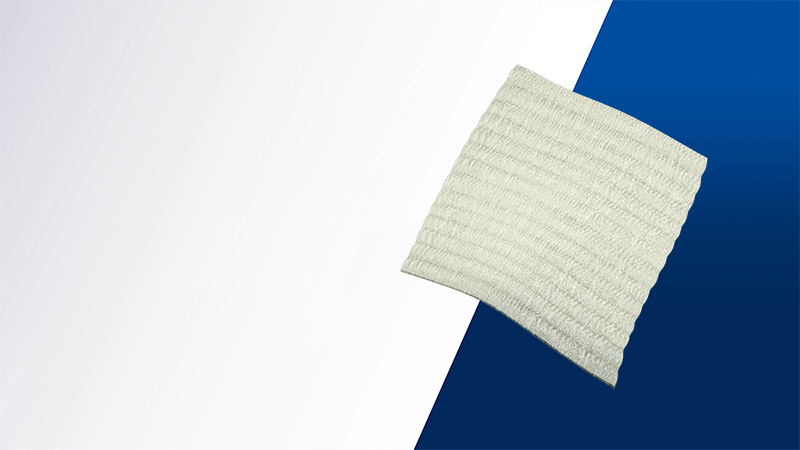CE Marked & Available in FDA territories
Overview
Silicone Foam is a multi-layered silicone border and non-border dressing, available in a large range of shapes and sizes and designed to prevent trauma to the wound bed and periwound skin. It is especially suitable for patients with fragile skin and/or those experiencing pain at wound dressing changes.

The Silicone Foam Border dressing may be used as part of a prophylactic therapy for skin pressure ulceration/skin damage.
The hydrophilic foam has a flexible breathable backing film which ensures that moisture can be transpired through the top of the dressing and works in combination with the unique ability of the foam to absorb high levels of exudate.1
The hydrophilic foam rapidly absorbs exudate whilst maintaining a moist wound environment.
The wound contact side of the dressing has a clear silicone perforated film, which protects the wound bed from adhering to the dressing by preventing the formation of granulation tissue into the pores of the foam.
The perforations in the wound contact layer allow the uptake of exudate and prevent excess fluid from causing maceration to healthy skin.
Silicone Foam
The Silicone Foam dressing maintains a moist wound environment to assist in the healing process of moderate to heavily exuding wounds whilst providing a gentle but secure adhesion.
It is available in two different dressing configurations; border and non-border.
Silicone Foam is available both as OEM and under our ActivHeal brand. To find out more about the ActivHeal® Silicone Foam range, download resources and view performance data, visit ActivHeal.com
Key Features and Benefits
Soft silicone atraumatic adhesive
Especially suited to patients with fragile skin and/or those experiencing pain at wound dressing changes
Minimises trauma to the wound bed and periwound skin

High total fluid handling
Helps to reduce the number of dressing changes, increases wear time and reduces maceration.
Extremely soft and conformable foam pad
Easy application and improved comfort to the patient during dressing changes
Waterproof and bacterial barrier
Protects both the patient and healthcare professional from cross contamination
Keeps bacteria and other contaminants away from the wound

Perforated wound contact layer
Reduces the risk of newly-formed granulation tissue penetrating the foam
Bevelled edges
Ensures dressing stays in place to prevent accidental removal by shear between clothes or bedding
Indications For Use
Indicated for use, under the guidance of a healthcare professional, on moderate to heavily exuding chronic and acute wounds during the healing process. The dressing is indicated for use on all patients presenting with the following wounds: pressure ulcers; venous and arterial leg ulcers; diabetic ulcers; post-operative surgical wounds; skin abrasions; trauma wounds; superficial and partial thickness burns; and cavity wounds as a secondary dressing.
Suitable for use under compression bandaging.
May be used as part of a prophylactic therapy for skin pressure ulceration/skin damage (Silicone Foam Border only).
Need more information?
Download our Silicone Foam clinical case study for more information.
1. AMS Data on File (2014) - LD077-14 and LD065-14.

